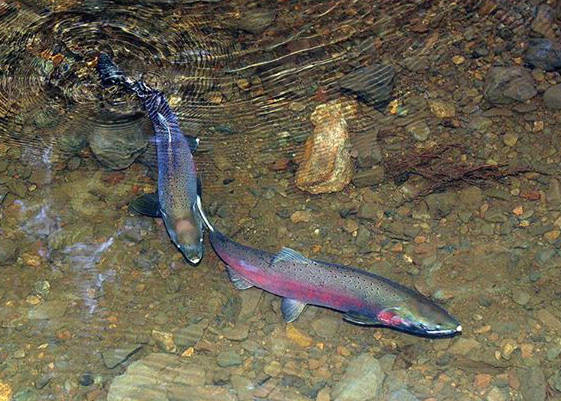Two conservation nonprofits are suing Marin County for allegedly violating the California environmental law.
The lawsuit, filed by the Center for Biological Diversity and the Salmon Protection and Watershed Network, or SPAWN, concerns the protection of endangered coho salmon and threatened steelhead trout in streams in Marin’s San Geronimo Valley.
SPAWN’s Executive Director Todd Steiner said the county has failed to adopt a streamside conservation ordinance to preserve and protect the habitat of these fish.
“They’re on the verge of extinction and meanwhile the county just continues not to take the necessary actions to give these animals a fighting chance of survival,” said Steiner.
Marin’s Lagunitas Creek watershed, including the San Geronimo streams, is home to one of the last remaining strongholds of coho salmon in a stretch of coastline that runs from Humboldt County to near Santa Cruz.
The National Marine Fisheries Service has identified the watershed as critical habitat for both coho and steelhead, and it’s one of the areas the agency has targeted for action to prevent extinction of coho in the region.
The regional coho population has declined by more than 95% from historic levels, according to a 2012 recovery plan from the NMFS.

